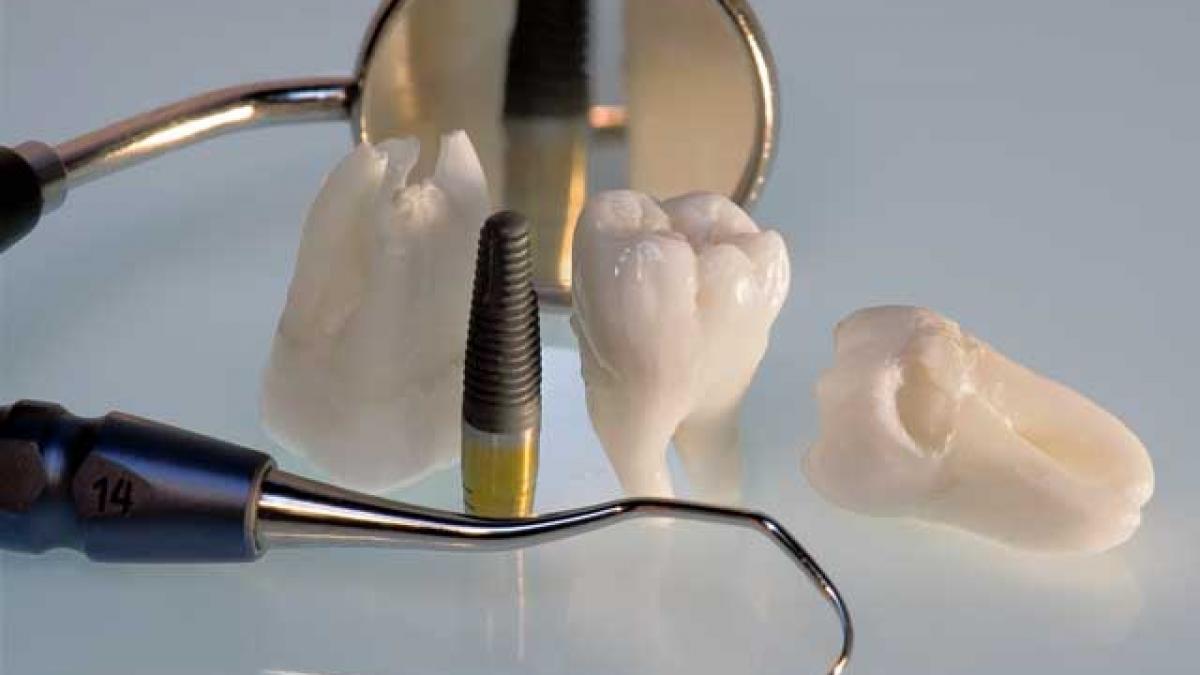Introduction
The Molarul is a vital component of the human body, playing a crucial role in both digestion and oral health. Understanding its anatomy and function is essential for maintaining overall health and well-being.
What is the Molarul?
The Molarul, also known as the molar tooth, is one of the four types of teeth in humans, located at the back of the mouth. It is responsible for grinding food into smaller particles during the chewing process, making it easier to swallow and digest.
Anatomy of the Molarul
The Molarul consists of several key components, including the crown, the enamel, the dentin, and the pulp. The crown is the visible part of the tooth above the gum line, covered by enamel, which is the hardest substance in the human body. Beneath the enamel lies the dentin, a hard tissue that makes up the bulk of the tooth. Finally, the pulp is the innermost part of the tooth, containing nerves and blood vessels.
Function of the Molarul
The primary function of the Molarul is to grind food into smaller pieces, facilitating digestion. It also plays a crucial role in maintaining proper alignment of the teeth and preserving the integrity of the jawbone.
Common Issues with the Molarul
Like other teeth, the Molarul is susceptible to various issues, including cavities and impaction. Cavities occur when bacteria in the mouth produce acids that erode the enamel, leading to decay. Impaction can occur when the Molarul does not fully emerge from the gum line, causing pain and discomfort.
Diagnosis and Treatment
Diagnosing issues with the Molarul typically involves a dental examination, including X-rays to assess the extent of the problem. Treatment options vary depending on the issue but may include fillings, root canals, or extraction in severe cases.
Preventive Measures
To maintain the health of the Molarul, practicing good dental hygiene is essential. This includes brushing and flossing regularly, using fluoride toothpaste, and avoiding sugary foods and drinks. Additionally, regular dental check-ups can help detect and prevent issues before they become more serious.
Conclusion
The Molarul is a vital part of the human body, contributing to both digestion and oral health. Understanding its anatomy and function is key to maintaining overall health and well-being. By practicing good dental hygiene and seeking timely treatment for any issues, you can ensure that your Molarul remains healthy and functional.
FAQs
- How many Molarul teeth do humans have? Humans typically have 12 Molarul teeth, with three on each side of the upper and lower jaws.
- Can Molarul cavities be prevented? Yes, cavities can be prevented by practicing good dental hygiene, including brushing and flossing regularly and avoiding sugary foods and drinks.
- What causes Molarul impaction? Molarul impaction can be caused by a lack of space in the mouth or by the Molarul being positioned incorrectly.
- Are Molarul problems common? Molarul problems are relatively common, especially cavities and impaction, but can usually be treated effectively with proper dental care.
- How often should I see a dentist for Molarul check-ups? It is recommended to see a dentist for a check-up every six months to maintain the health of your Molarul and other teeth.

